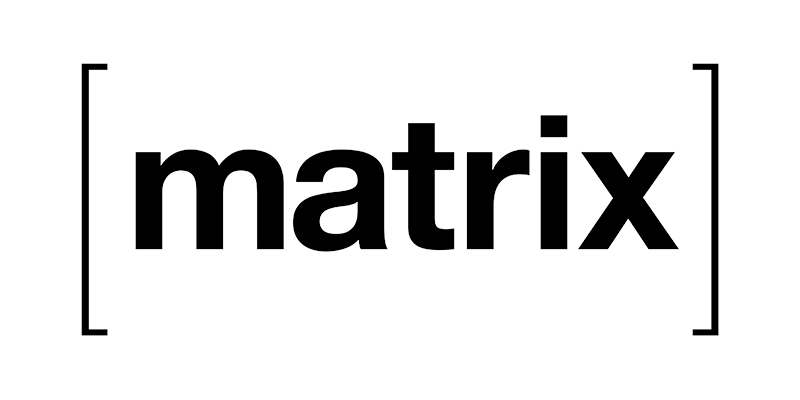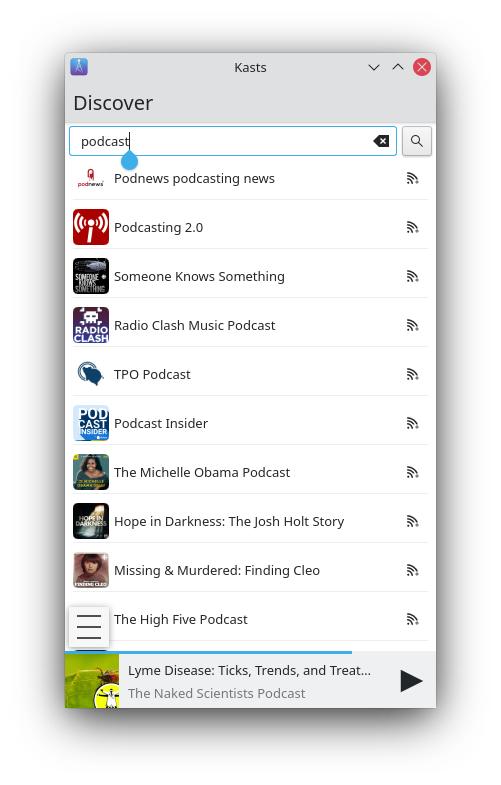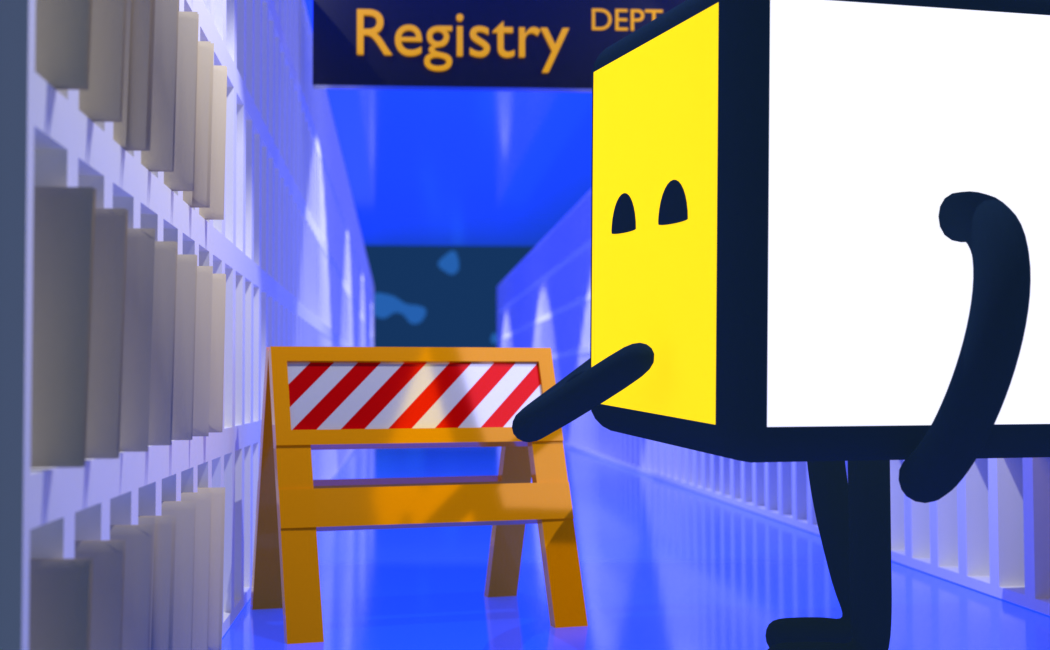What to do about CVE numbers
CVE numbers, Kroah-Hartman began, were meant to be a single identifier for vulnerabilities. They are a string that one can "throw into a security bulletin and feel happy". CVE numbers were an improvement over what came before; it used to be impossible to effectively track bugs. This was especially true for the "embedded library in our product has an issue" situation. In other words, he said, CVE numbers are good for zlib, which is embedded in almost every product and has been a source of security bugs for the last fifteen years.
Since CVE numbers are unique, somebody has to hand them out; there are now about 110 organizations that can do so. These include both companies and countries, he said, but not the kernel community, which has nobody handling that task. There also needs to be a unifying database behind these numbers; that is the National Vulnerability Database (NVD). The NVD provides a searchable database of vulnerabilities and assigns a score to each; it is updated slowly, when it is updated at all. The word "national" is interesting, he said; it really means "United States". Naturally, there is now a CNNVD maintained in China as well; it has more stuff and responds more quickly, but once an entry lands there it is never updated.
There are a number of problems with CVE numbers, Kroah-Hartman said; he didn't have time to go through the full set listed in his slides [SlideShare]. To begin with, the database is incomplete, with many vulnerabilities missing altogether or rejected for a variety of reasons. Even when CVE numbers are assigned for a vulnerability, the process tends to take a long time and updating the NVD takes even longer.

























